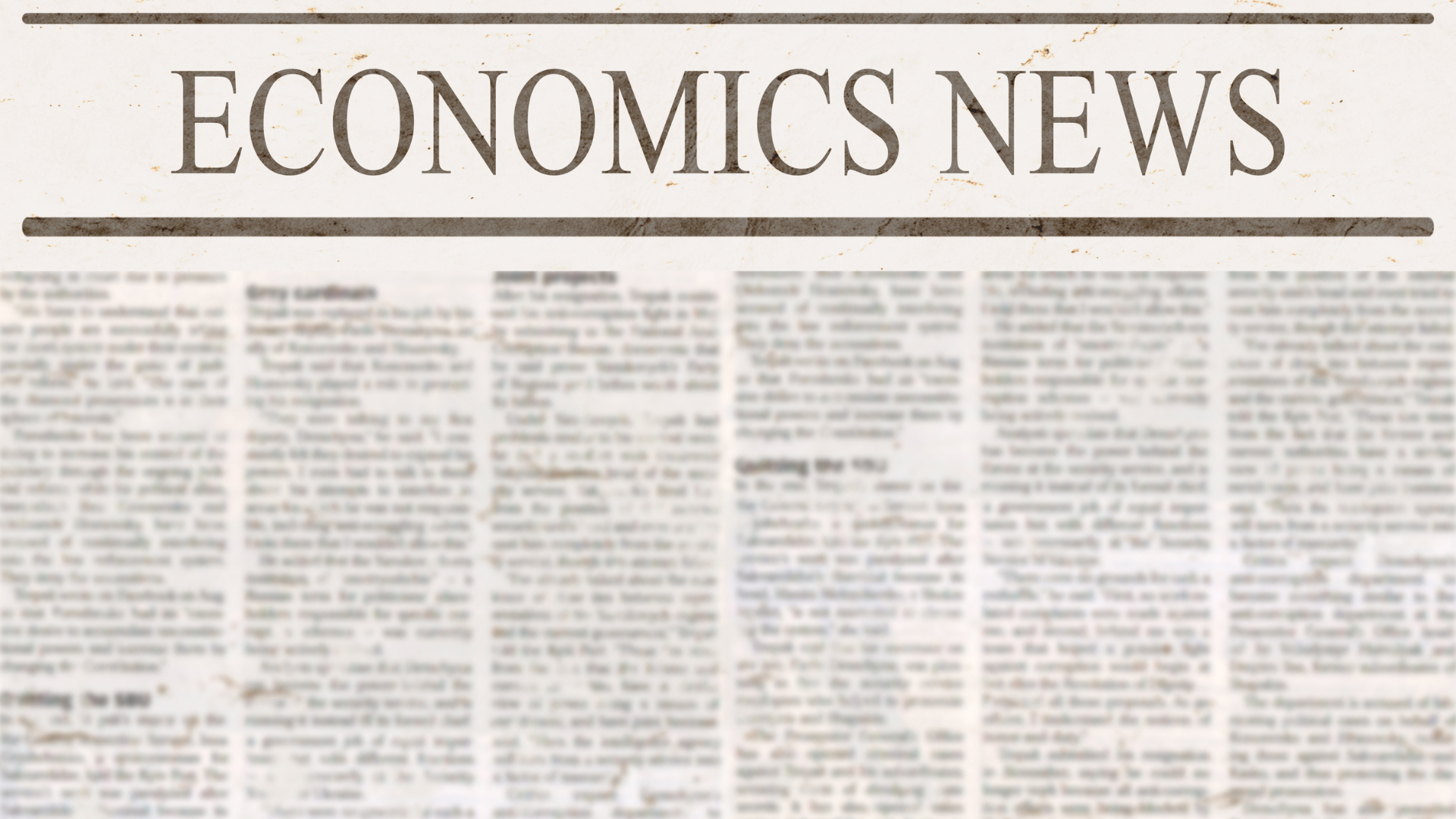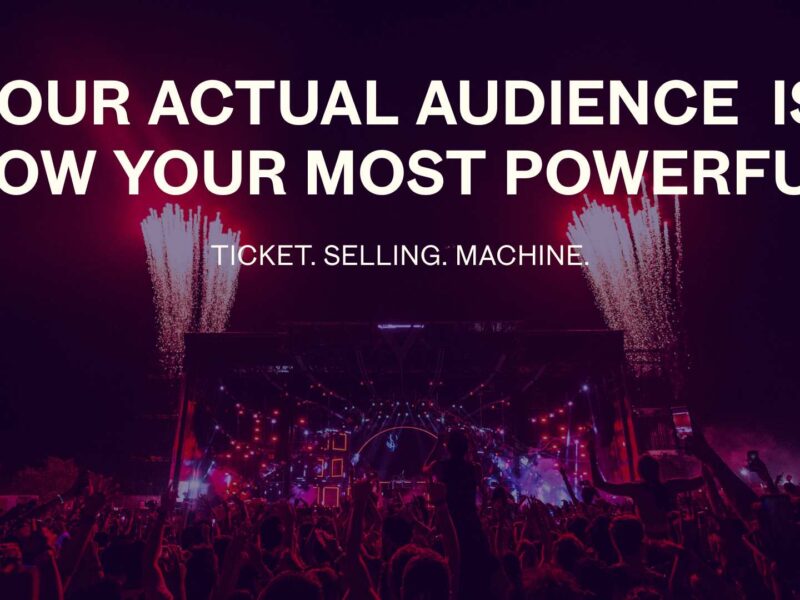Planning for the 2025-2026 season looks very different than it did even a few years ago. Rising costs, tighter budgets, and shifting audience expectations are forcing performing arts organizations to rethink long-standing program book strategies.
The reality is simple: the old model—heavy reliance on large print runs and ad sales—is no longer sustainable. If organizations want to protect their budgets and their audience experience, a shift to a hybrid or digital-first strategy isn’t optional; it’s essential.
1. Print Costs Are at Historic Highs
If you’re budgeting for another season of traditional printed program books, you’ve likely already noticed: the numbers don’t add up like they used to.
Since 2020, paper prices have skyrocketed, commercial printing costs have increased dramatically, and shipping fees continue to climb. In many cases, producing a printed program today costs 30–50% more than it did just a few years ago.
And there’s no indication those costs will decrease. In fact, with global paper supply tightening and fewer commercial printers in operation, it’s likely that print production will remain expensive—and unpredictable—for the foreseeable future.
Continuing to rely heavily on print means tying your organization’s budget to an increasingly unstable cost structure.
2. The Collapse of the Old Ad-Supported Model
For decades, arts organizations could count on advertising revenue to offset or even fully fund their printed program books. But that model is crumbling—and fast.
Publishers who once promised fully ad-supported programs are now struggling to sell enough ads to cover rising production costs. More and more, they are coming back to their clients—the arts organizations themselves—asking them to “kick in” financially to cover shortfalls.
This creates a lose-lose scenario: organizations either absorb unexpected costs, reduce their program book quality and distribution to stay within budget, or risk their publisher going out of business—leaving them scrambling mid-season without a reliable solution.
The truth is, relying solely on ad sales to fund printed program books is no longer a reliable strategy. It’s an outdated model that is leaving many organizations financially exposed at exactly the time when every dollar matters.
3. Audiences (and Sponsors) Expect Digital Access
Today’s audiences want—and expect—options.
Younger patrons expect to access information instantly through their phones. Even more traditional audiences are embracing digital programs when they are presented thoughtfully and easily.
And it’s not just audiences: sponsors increasingly want digital exposure too. They want clickable links, measurable engagement, and real-time data—things a printed ad alone can never deliver.
Offering both a print and digital option not only modernizes your audience experience, but also gives sponsors new, high-value inventory to support your organization financially.
4. The Smart Path Forward: Hybrid Program Book Strategies
You don’t have to abandon print entirely.
You can (and should) do both.
A smart hybrid strategy means:
- Maintaining beautifully produced printed programs for your most traditional audiences.
- Reducing print quantities to control costs.
- Expanding with a digital program for real-time updates, expanded content, and year-round engagement.
- Giving every performance—mainstage or small recital—professional-quality program support without worrying about minimum print runs or rising costs.
Hybrid models protect your budget, enhance your sponsor opportunities, and meet the needs of all your patrons—today and in the future.
Future-Proof Your 2025-2026 Season Now
The economics have changed permanently. Print costs are soaring. The ad-supported model is fading. Audiences are demanding digital access.
Performing arts organizations that adapt now—before the 2025-2026 season begins—will be the ones who stay financially strong, grow new audiences, and create sustainable engagement strategies for years to come.
At Onstage Publications, we can help you build a smarter, more efficient program book strategy with our Managed Program Book Services.
Whether you need fully managed print, hybrid solutions, or frictionless digital delivery, we’ll guide you through the process, saving you thousands in costs and hundreds of hours of staff time.
Ready to get ahead of the curve? Answer four quick questions and we’ll map out a smarter strategy for your program books.


